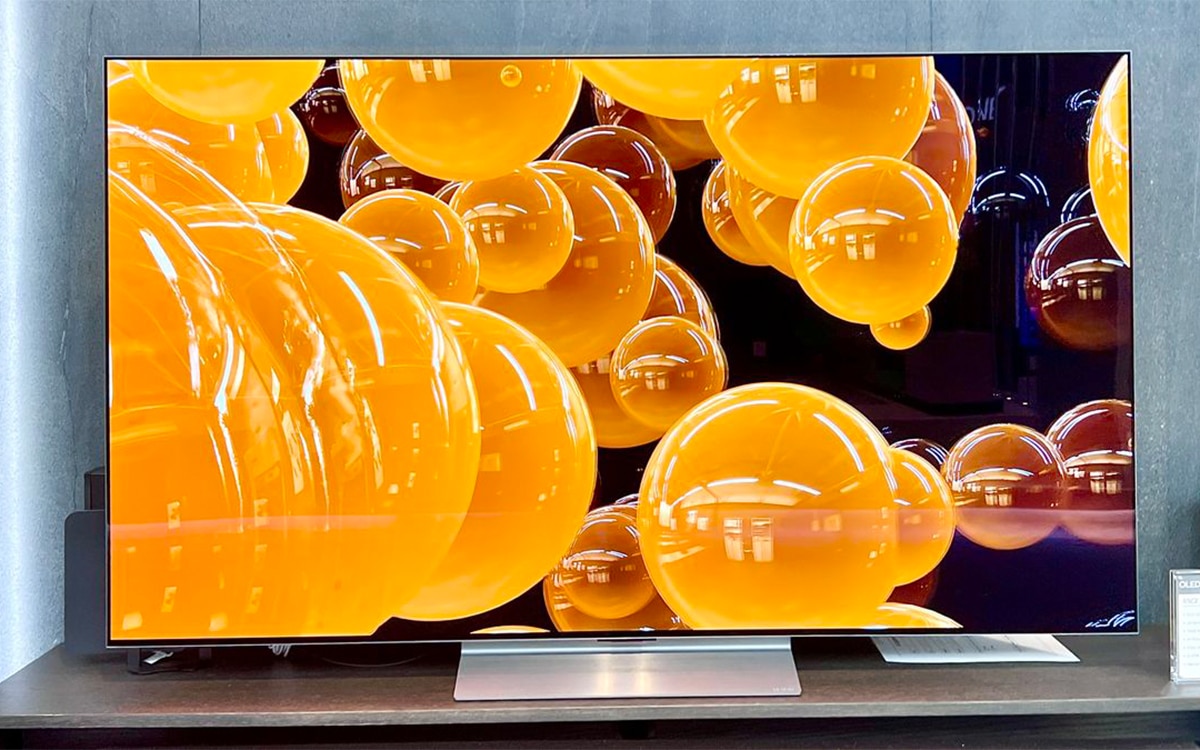

HDR10, HDR10+, HLG, and Dolby Vision are formats utilized by creators for the production of high dynamic range content, distinct from the foundational technology itself. As 4K televisions have gained popularity, the demand for both HDR and its varying formats has surged. However, what should you consider to guarantee that your HDR television provides excellent performance, and do the HDR formats genuinely influence your viewing experience? Let’s investigate.
With no standardization for HDR, not every HDR television is created equal. A TV can technically earn the HDR label if it displays a broader color range and is marginally brighter than an SDR TV, yet this does not ensure that its HDR performance will be satisfactory. The way a television showcases HDR content heavily relies on its contrast ratio, color gamut, and peak brightness; all these elements must perform well for significant HDR experience. For instance, if a TV lacks sufficient brightness, it will struggle to present specular highlights as intended, leading to a lackluster appearance. Likewise, a lower contrast ratio signifies that a TV cannot achieve deep blacks, and a limited color gamut leads to reduced color vibrancy.
Thus, when you are narrowing down your options for TVs to consider…